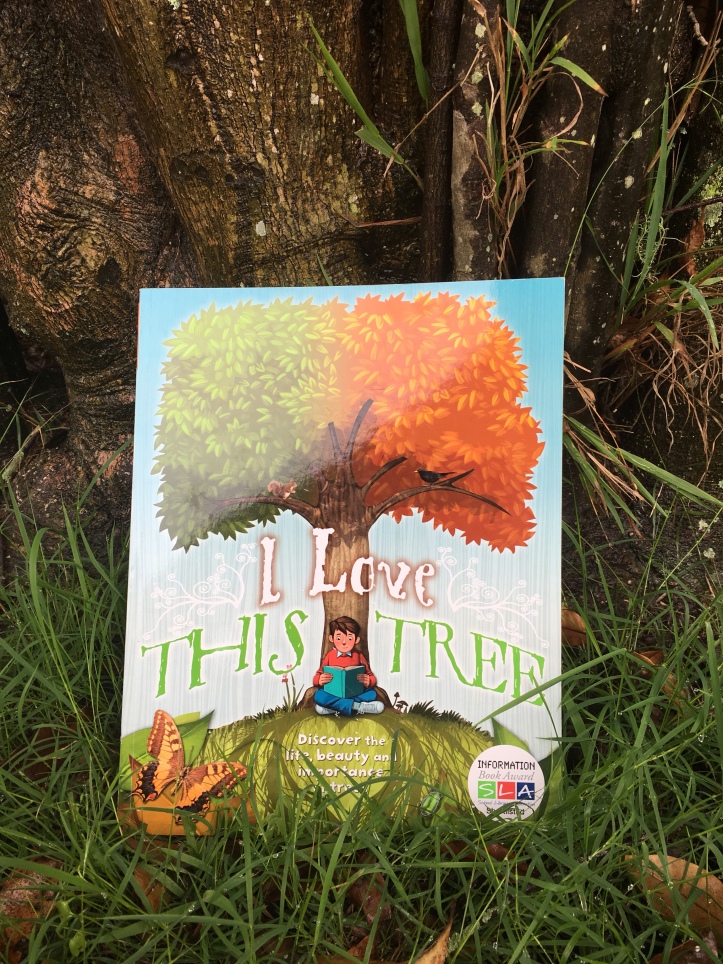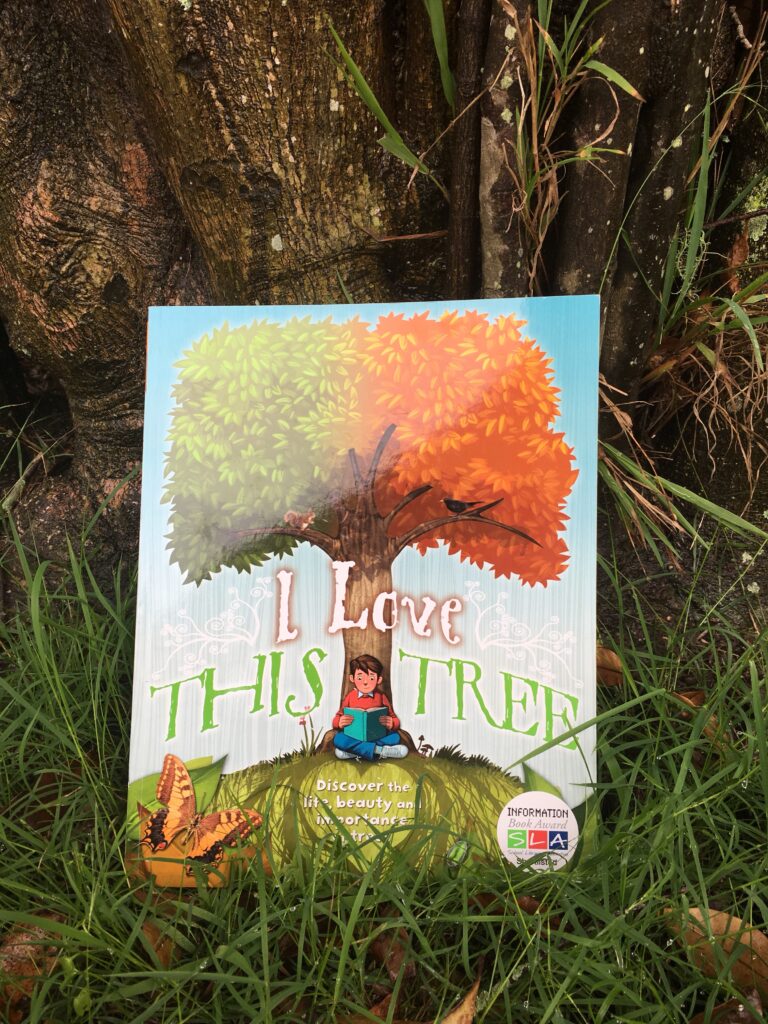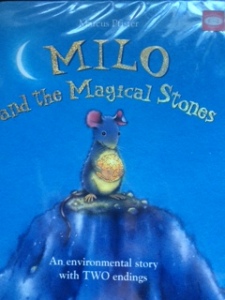Come and climb up a tree, sit on it’s branches and admire it’s leaves, seeds and fruit.
Wonder no more about the secrets a tree holds as you will find out so many things in this informative non-fiction text about trees – and why so many people love them!

In this colourfully illustrated non fiction book for children you will discover the world of trees that perhaps you did not know about.
Each page is filled with detailed explanations of trees from how it grows from a seed, how old they can be and who needs them.
The readers will discover that there is so much more to a tree than it’s leaves, bark, fruit and seeds. They will see that trees provide so much for many animals and humans and that they cleverly work so that they can survive in testing conditions.
Not only will readers learn facts about trees, they will also learn about how myths have been created about trees and their importance in different cultures and times.
I love this tree is filled with drawn illustrations and real photographs. Diagrams are labelled clearly, timelines give adequate description and there is even a pie chart! Exposure to different methods of factual information is important for young readers so that they know that reading and writing are not the only ways we can see facts.
Trees from all around the world have been included in this book as well as animals and insects that need them for survival. Perhaps this book would be a great lead into learning more about one tree in particular once you have covered the ground work through the chapters in this book.
How can I use this book at home?
This is an easy one as trees surround us – even in the cities and they are often a focus point of parks and walkways.
—————– > Go and investigate trees that are in your area.
——————————- > Look at different leaves that have fallen onto the ground and collect them to make a collage, basket display, sketch or chalk rubbing.
——- > Look for seed pods or flowers and try to work out which tree they have fallen from and the purpose of each one is.
Where would you use this book in the curriculum?
Literacy
– There are so many ways to base factual knowledge into persuasive texts, imaginative texts and informative.
Outdoor Learning
Check out this link on how you can learn outside and meet curriculum standards https://www.australiancurriculum.edu.au/resources/curriculum-connections/portfolios/outdoor-learning/
Science:
Explore different parts of trees, how they help us to survive and how we can help them to survive.
- Living things have a variety of external features (ACSSU017
- Living things can be grouped on the basis of observablefeatures and can be distinguished from non-living things(ACSSU044
- Living things depend on each other and the environment to survive (ACSSU073)
- Living things have structural features and adaptations that help them to survive in their environment


